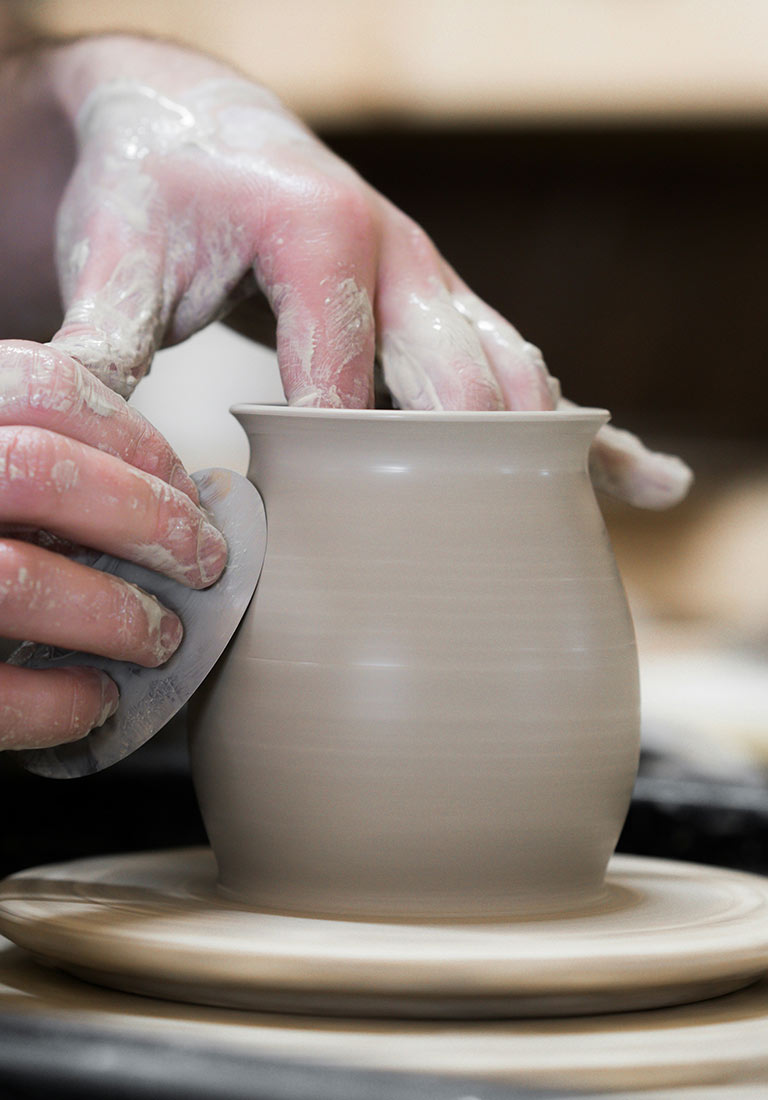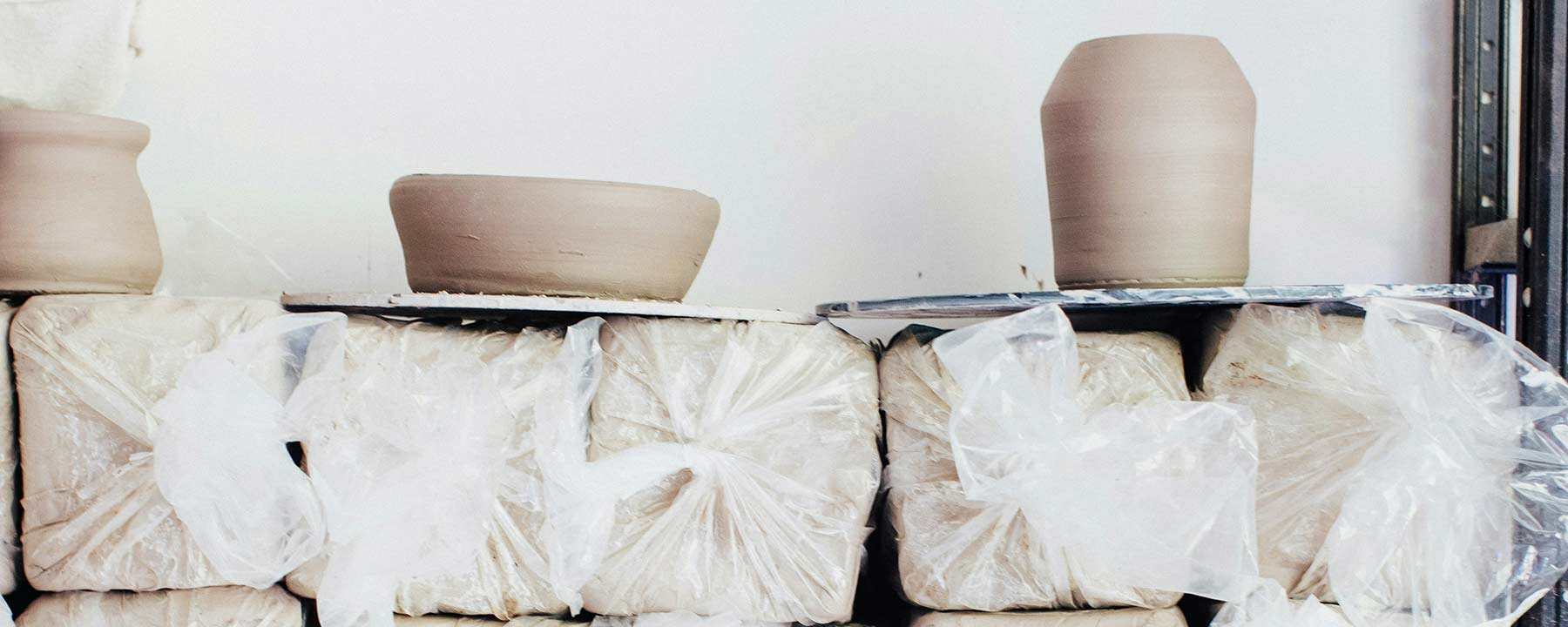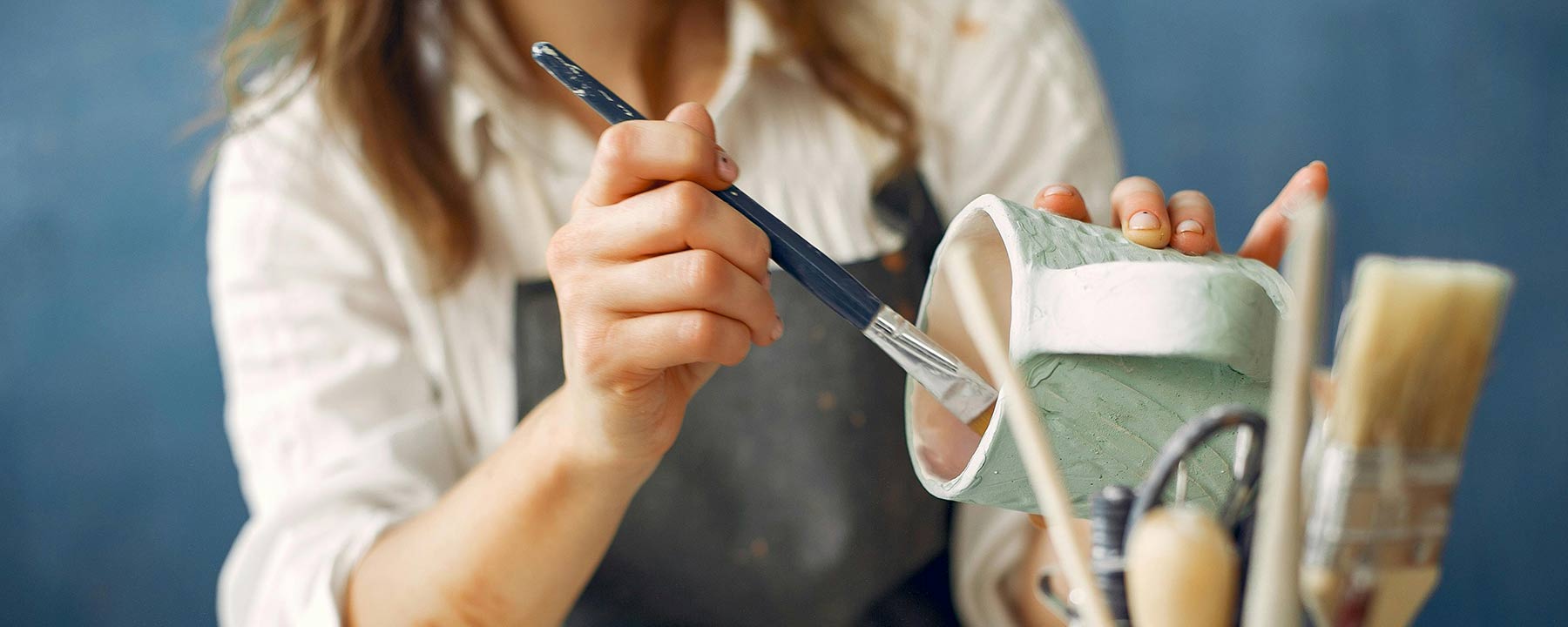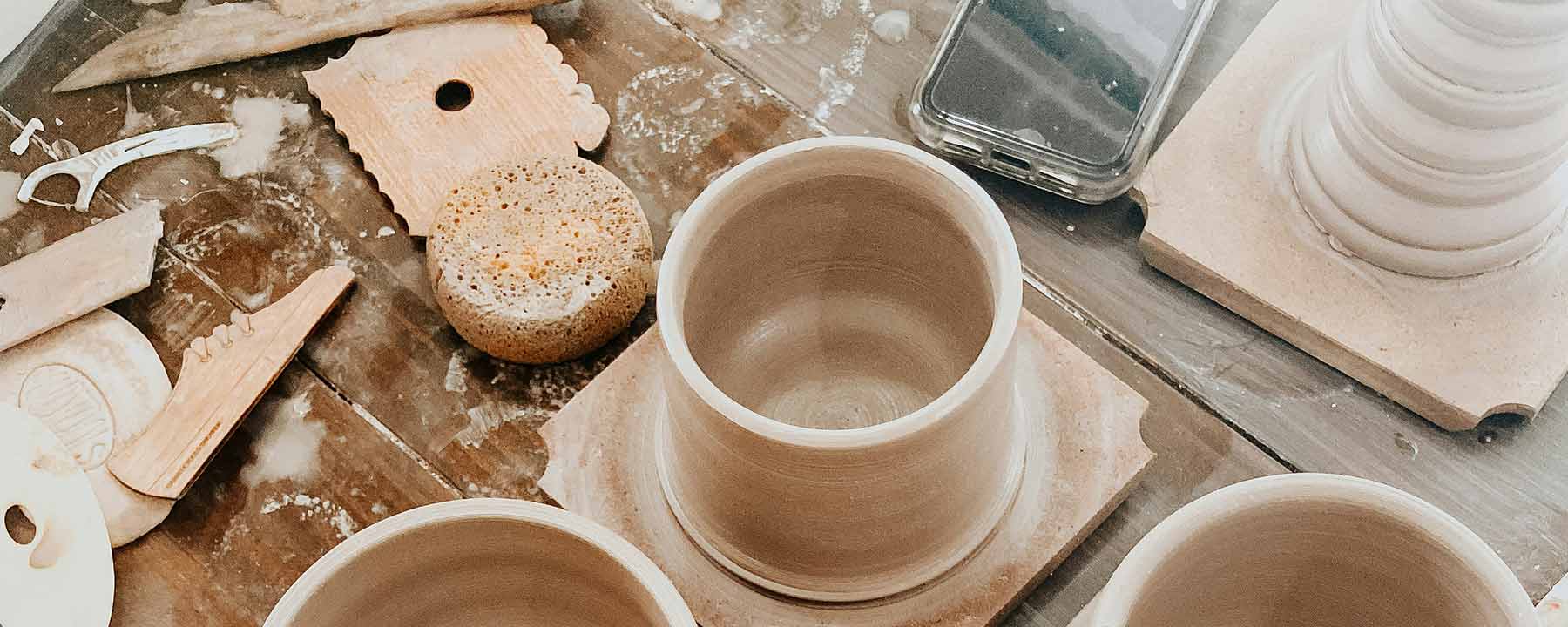The Kingston Potters’ Guild membership is at capacity at this time. Membership spots become available in August/September when current members leave the Guild.
The waitlist is currently closed for 2026 fall membership. To join the waitlist next year, click “Learn More” under one of the membership options below. The waitlist opens in August.
Please read the membership and job descriptions below before adding your name to the waitlist. Choose one type of membership, please. The estimated wait time to join the Guild currently exceeds one year. To join, you must be 18 years of age or older.
Please note that you will be contacted in the order that your name appears on the waitlist. We are unable to respond to inquiries about waitlist times.
Find out what to expect once you’re on the waitlist
What does it mean to be a Member?
The Guild relies on the contributions of all Members to keep it running. Once you join the Guild as a Member, you will be assigned one of the available jobs, which range from organizing publicity to cleaning parts of the studio. You cannot be a Member without participating in Guild operations in some way. Members must be 18 years of age or older.
Often on Wednesdays, when there are no scheduled classes or meetings, members meet to work on their projects and talk about pottery stuff. You are welcome to join. It’s a good moment to meet members and ask questions you may have. We encourage you to sign-up on our Facebook Kingston Potters’ Guild Members Forum page. If you join a committee you will meet others too.
Our Guild meetings are on Wednesdays, and attending them helps you learn about how we function as a group. We would ask that you attend a minimum of three of these (there are only six per year).




